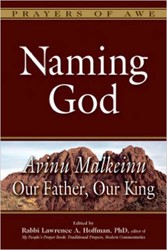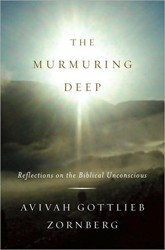Zachary Braiterman believes that “in the modern world, the charisma of religion and revelation depends upon aesthetic judgment — ‘How beautiful’ — and wanting to share it with others.” In his new book he brilliantly traces the parallels between modern Jewish religious thought as epitomized by Martin Buber and Franz Rosenzweig, and contemporaneous trends in visual art as exemplified by Kandinsky, Klee, and Franz Marc.
Braiterman makes the case that in art and theology alike in the 1920’s, otherwordly metaphysics (Expressionism) gave way to a more material depiction of reality (The New Objectivity). In those terms Buber and Rosenzweig’s joint project of translating the Bible becomes an act of making revelation concrete. Yet as Braiterman explains, the translators never entirely abandoned their expressionist, otherworldly sensibility.
This book’s intellectual scope is wide enough to touch as well on Buber’s binational Zionism, notions of ritual space in Rosenzweig’s thought, linear and cyclical ideas of time, and the contemporary persistence of German modernist ideas about Jewish ethics, community, and universalism. The author is equally perceptive when he writes about aesthetic matters. In short, an impressive achievement.
Bob Goldfarb is President Emeritus of Jewish Creativity International.





